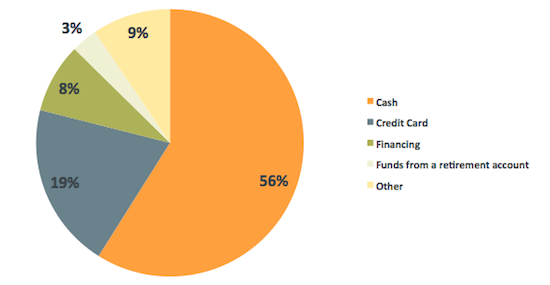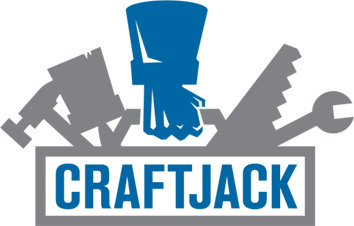Homeowner Survey: See Their Number One Fear

It’s always important to know your audience. Of course, calling everyone in your area is nearly impossible, but using a survey is a good way to paint a picture of how homeowners feel about the industry. Our friends at HomeAdvisor conducted a survey asking homeowners some basic questions about their opinions on the home improvement contracting industry. Some of the results may shock you, some may be expected, and others may change the way you engage with your next referral.
Note: The following data was gathered from a survey of 2,076 participants, 1,314 of which were homeowners. All survey participants were at least 18-years-old.
Homeowner Fears
The first question HomeAdvisor asked was “Which of the following fears do you have, if any, when hiring a contractor for home repairs or improvements? Please select all that apply.”

The survey revealed that the number one fear homeowners have when hiring a contractor is poor workmanship. Just like any business, the best way to win a customer over is with a great service and a terrific finished product. Because of this, it’s vital to have a visual website and profile page, complete with before and after photos and some reviews from past customers that can attest to the quality of your work.
Customers need to not only see your best work, but talk to those who experienced it. This is why user reviews and testimonials are so vital to the contracting arena. Once a homeowner sees firsthand your amazing craftsmanship and talks to a homeowner who is now living with your fantastic handiwork, they will feel confident in hiring you and overcome their fear of poor workmanship.
The next most common homeowner fear is fraud. Let’s take a look at what homeowners see as red flags.
Red Flags that Homeowners Lookout For
Next the survey asked, “Which of the following warning signs would alert you that your contractor might be fraudulent? Please select all that apply.”

Cash Upfront
A shocking 81% of the 2,076 respondents said they are taken back when a contractor demands cash upfront. In this case, it should be noted that “cash upfront” could mean cash for the entire project or just a security deposit.
Depending on the size of the project, it is not uncommon that a contractor require a security deposit upfront. After all, if you’re going to invest all that time and energy into a project, you’ll want to make sure that the customer will hold up to their end of the bargain. However, asking for payment in full upfront may not be the best tactic. All too often, scammers posing as reputable contractors take their upfront payment then never return. Homeowners have all heard the horror stories, leaving them wary of this practice.
No Proof of Insurance
Right behind the cash upfront red flag was hesitancy to provide proof of insurance. Needless to say, homeowners will want to see your insurance. In many states it is actually required for contractors to hold liability insurance. But even if it isn’t, insurance is something every contractor should have. It lets a homeowner know that if an accident should happen on their property during the job, they won’t be liable for medical bills or repair damages. It protects both you and the homeowner.
Looking for more data that will help you close more jobs? Check out our article “Call and Lead Tracking: Helping You Close More Jobs”.
Payment Options
Switching gears, the next question inquired about how clients pay for contractor work. HomeAdvisor asked, “How did you pay for your last home repair or improvement project? Please select all that apply.”

This is good news for the contracting industry. More than half of our participants paid for their last home improvement project with cash. Cash is great because:
- There’s no chasing old clients
- There’s no accounting mishaps with a bank
- It’s the quickest form of payment
- It feels good to hold the cash for a good day’s work
Even though many homeowners prefer to not pay for entire projects up front, over half of them end up paying for the entire project in cold, hard cash.
Even though the majority of folks pay with cash, you may have noticed a shift over the last few years of more clients wanting to pay with a debit card. With less people carrying cash, the ability to take cards is becoming more important. Investing in a simple card reader that attaches to your smartphone is a simple step that goes a long way with clients. This also gives you the option to digitize receipts, making bookkeeping a breeze.
Conclusion
Taking a look at data from surveys can help inform what changes you can make in your business to improve customer satisfaction. Even small changes like not requiring all payment upfront can go a long way in creating a great client experience.


